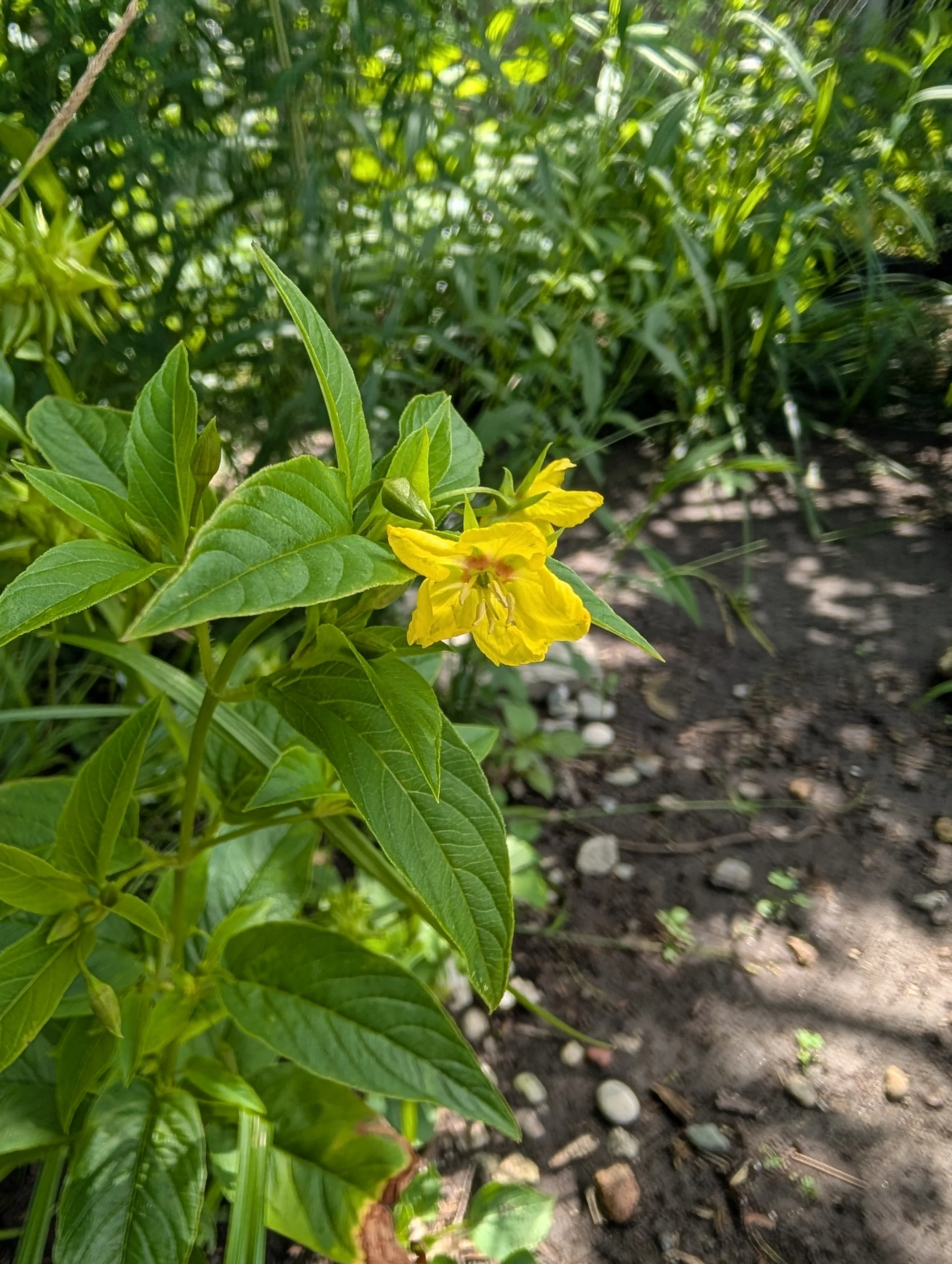Bloom: mid-summer to early fall
Habitats: borders of streams; marshes; moist to wet areas of deciduous woodlands; seeps; soggy thickets; swamps; wet prairies
Lifespan: perennial
Moisture: wet to moist
Plant type (height): forb (1 to 4 feet)
Requirements: full sun to light shade
Soil: fertile loamy soil with organic matter
